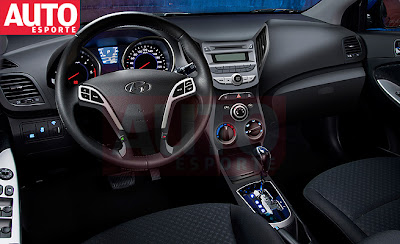If you live in North America, you likely are now very familiar with the Hyundai line of vehicles. Back in 1986, the first Hyundai was introduced to the market - an Excel - and the company's line up has changed dramatically since that time. Hyundai produces much more than cars; in fact, by the end of the last century Hyundai became one of the largest companies in the world. Let's take a look at this Korean based multinational corporation and the company behind Hyundai vehicles.
It was back in 1946, just one year removed from Imperial Japan's occupation of the Korean peninsula, that a new company was birthed in what is now known as South Korea. Hyundai Motor Industrial Company was founded by Chung Ju-yung, a child of northern Korean peasant farmers, and in 1947 Ju-yung launched a second company, Hyundai Civil Industries. Self educated, Ju-yung transformed the entire Korean economy with the tight control he exerted over his Hyundai companies.
The first Hyundai business was tasked with building automobiles while the second Hyundai company concentrated on construction. Indeed, much of modern South Korea's infrastructure was built by Hyundai in the period after the cessation of the Korean War in 1953 and on through the 1970s. Dams, an expressway, a shipbuilding yard, and a nuclear power plant were all built by Hyundai Civil Industries, while Hyundai Motors produced cars made primarily from Japanese components. Hyundai's influence stretched far beyond the Korean peninsula as the company won contracts to build an expressway in Thailand and a major port in Saudi Arabia. Clearly, Hyundai dominated the Korean market and quickly became a major player on the international scene.












No comments:
Post a Comment